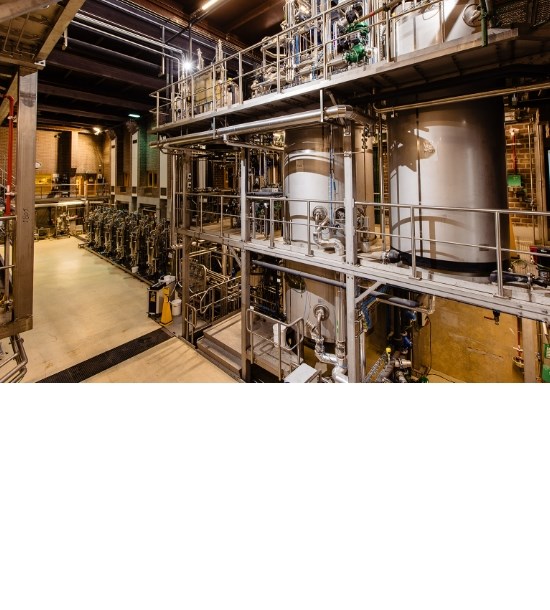The European bioeconomy holds strong potential for sustainable growth, but many innovations still face critical barriers when moving from research to commercial application. The newly published ShapingBio report, “Report on analysis of applied R&D and technology transfer” (Deliverable D2.2), outlines key challenges and strategies to accelerate this transition.
The report draws on expert input from academia, industry, and the public sector. Findings are based on desk research, stakeholder workshops, and individual interviews across most European Countries. A multi-actor group of 12-15 experts helped shape the scope and recommendations of the analysis.
The report proposes a more refined use of Technology Readiness Levels (TRLs) to better target support for low, medium and high TRL innovations.
This segmentation enables more focused policies and investment at each stage of the innovation journey, which are kept for the points of attention in the deliverable.
The report highlights four major obstacles about successful technology transfer:
To address these issues, the report recommends:
The ShapingBio report calls for coordinated action across research, business, and regulation. By investing in shared infrastructure and aligning efforts across sectors, Europe can unlock the full potential of its bioeconomy to deliver sustainable innovation and inclusive growth.
Photo credit: Bio Base Europe Pilot Plant
